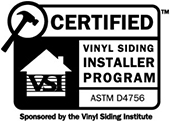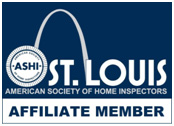Summer may be winding down, but it is never too late to learn some critical lifesaving techniques. You never know when they may come in handy.
1. Check the scene for immediate danger. Make sure you’re not putting yourself in harm’s way by administering CPR to someone unconscious. Move the person if necessary.
2. Assess the victim’s consciousness. Gently tap his or her shoulder and ask, “Are you OK?” in a loud, clear voice. If he or she responds, CPR is not required.
3. Send for help. The more people available for this step, the better. However, it can be done alone. Send someone to call for emergency medical services (EMS).
4. Do not check for a pulse. Unless you’re professionally trained, you could be wasting valuable time looking for one.
5. Check for breathing. Put your ear to the victim’s nose and mouth and listen for slight breathing. If the victim is coughing or breathing normally, do not perform CPR. Doing so could cause the heart to stop beating.
6. Place the victim on his or her back.
7. Place the heel of one hand on the victim’s breastbone, exactly between the nipples.
8. Place your second hand on top of the first hand, palm-down.
9. Position your body directly over your hands, so that your arms are straight and somewhat rigid.
10. Perform 30 chest compressions. You should press down by about 2 inches, and they should be quick.
11. Minimize pauses in chest compression that occur when changing providers or preparing for a shock. Attempt to limit interruptions to less than 10 seconds.
12. Make sure the airway is open. Place your hand on the victim’s forehead and two fingers on their chin and tilt the head back to open the airway.
13. Give two rescue breaths (optional). The American Heart Association no longer considers rescue breaths necessary, but you can give them if you choose. Pinch the victim’s nose closed. Make a seal with your mouth over the victim’s mouth and breathe out for about one second. Make sure you breathe slowly—this will make sure the air goes in the lungs and not the stomach. If the breath goes in, you should see the chest slightly rise and also feel it go in. Give a second rescue breath.
14. Repeat the cycle of 30 chest compressions. If you’re also doing rescue breaths, keep doing a cycle of 30 chest compressions and 2 rescue breaths.
15. Continue CPR until someone takes over for you, emergency personnel arrive, you are too exhausted to continue, an AED (automated external defibrillator) is available for immediate use, or signs of life return.
16. Use an AED (automated external defibrillator). If an AED is available in the immediate area, use it as soon as possible to jumpstart the victim’s heart.
Please consider getting certified by a professional trainer.















